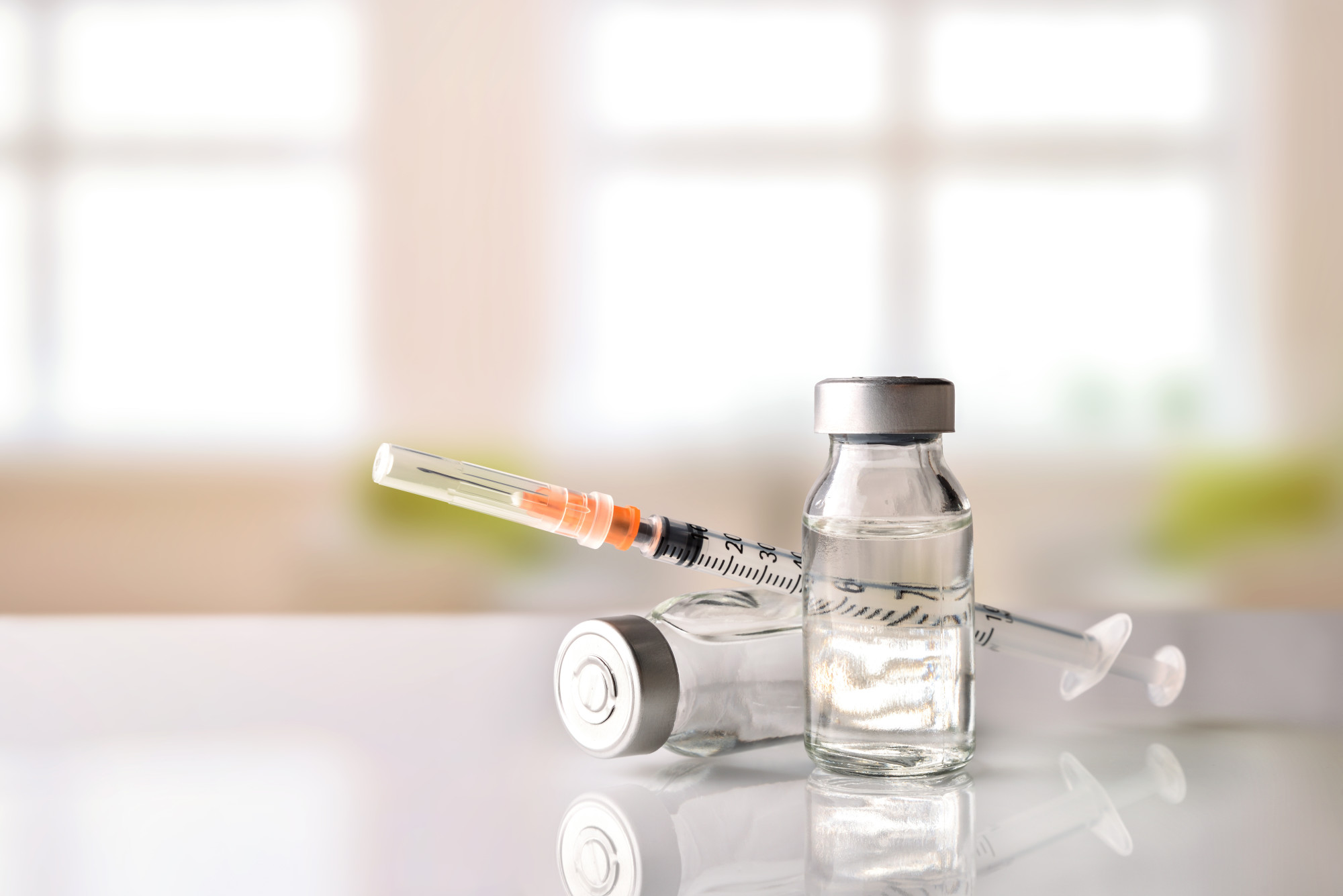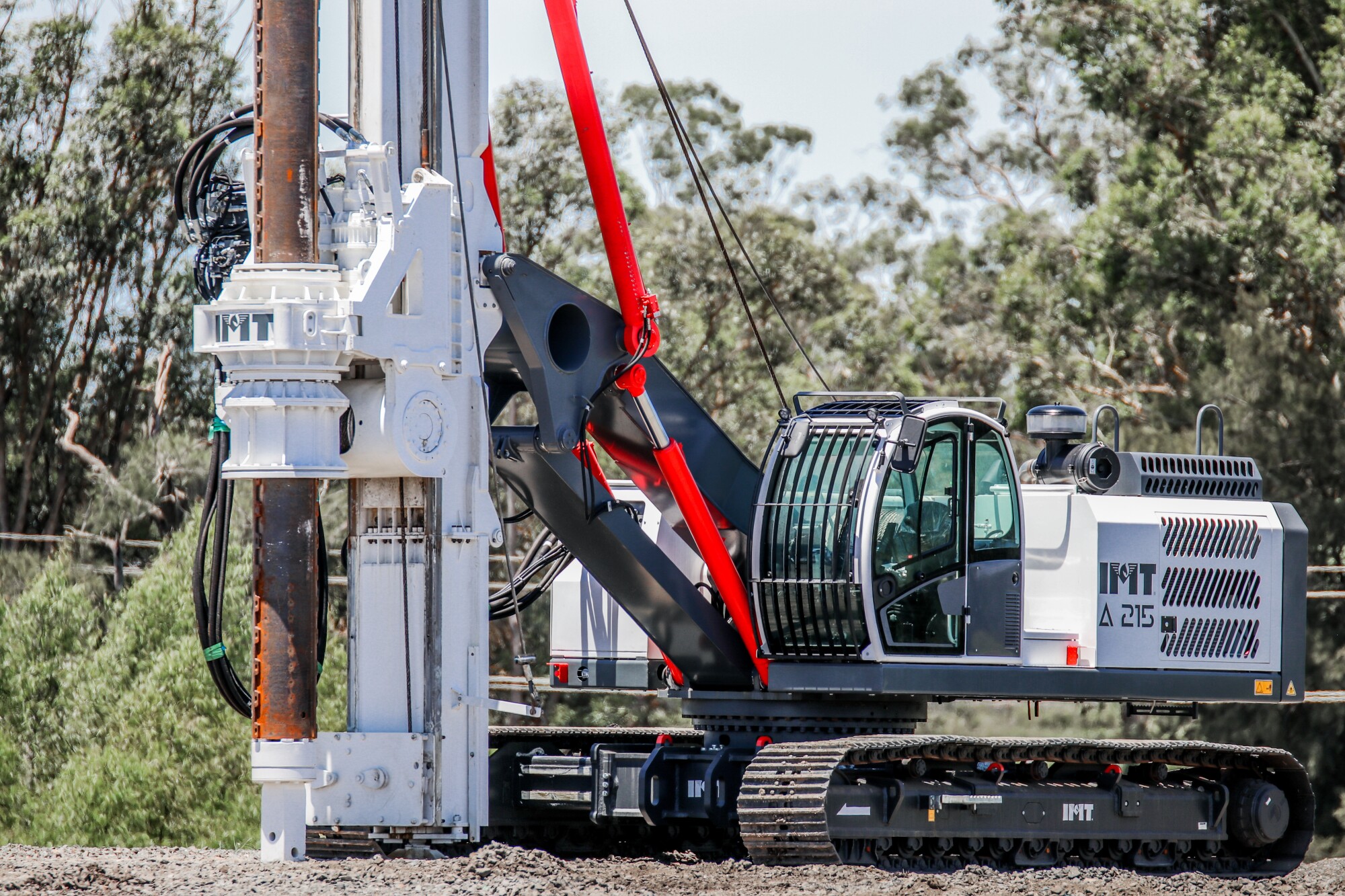Have you ever heard of glass and plastic vials?
These are two materials you should learn about before spending money on vials that don’t work for you. Vials come in many different types and plastic and glass vials are only two of them. The vials market is important and estimated to reach 10.8 billion by the end of 2029.
A vial delivery method is essential for many laboratories, hospitals, and medical facilities having anything to do with injections. If you’re involved in medical testing, you may even use vials yourself. It’s not enough to use vials, though, without knowing the different types of vials and the pros and cons.
Keep reading to learn about glass vs plastic vials, how each one works, and which one you should use.
What is a Vial?
A vial is a small container that is used to hold liquids or other substances and is usually used in research experiments. They are often made of glass or plastic. Glass vials are typically clear, while plastic vials can be transparent or opaque.
Each type of vial has its own pros and cons, which we will discuss below. You can visit chromtech.com to see different types of vials. Ultimately, the decision of which type to use depends on the specific needs of the person using them.
Why Use Glass Vials?
If you need to store volatile chemicals or materials that could react with plastic, then glass vials are the best choice.
Glass vials are also a good choice for storing liquids that could stain or etch plastic, like oils or vinegar.
Why Use Plastic Vials?
If you need a vial that is lightweight and inexpensive, then plastic is the better choice.
Another important factor to consider is the compatibility of the vial with the contents. Some contents may react with glass, so plastic may be the better choice in those cases.
The Pros and Cons of a Glass vs Plastic Material
There are many different types of vials that can be used for a variety of purposes, but the two most common types are glass and plastic. Each type has its own set of pros and cons that should be considered before deciding which one to use. Here are some of the pros and cons when choosing between glass vs plastic vials:
The Difference in Cost
When it comes to cost, glass vials are a more expensive option compared to plastic vials. This is because there are more production costs associated with glass vials.
In addition, glass vials are more fragile than plastic vials and require more careful handling.
The Difference in Durability
Another important difference between the two is durability. Glass is much more durable than plastic and will not be broken as easily. Plastic vials can be easily damaged and are not as strong as glass.
Glass vials are also much more see-through than plastic vials. This can be helpful when trying to identify what is inside the vial. Glass vials are also more gas and odor-resistant than plastic vials.
The Difference in Weight
The weight of glass vials is an important consideration when deciding which type of vial to use. Glass vials are significantly heavier than plastic vials, which can be an important factor when shipping or transporting products.
Other Factors to Consider
There are other factors to consider when deciding which type of vials you should use, including the type of specimen, the storage temperature, transportation conditions, compatibility, pressure, vial closure, and the amount of sample.
Type of Specimen
If you are storing a hazardous specimen, you will want to use a glass vial with a lockable lid. This will prevent the specimen from leaking and ensures that it is properly contained.
If you are storing a non-hazardous specimen, you can use either a glass or plastic vial.
The Storage Temperature
The type of vial you use will also be dependent on the storage temperature. If you are storing the specimen at a high temperature, you will want to use a plastic vial. This is because plastic is less likely to shatter when exposed to high temperatures.
If you are storing the specimen at a low temperature, you can use either a glass or plastic vial.
Transportation Conditions
The transportation conditions should also be considered when deciding which type of vial to use. If the specimen is being transported in a freezing environment, you will want to use a glass vial. This is because glass is less likely to crack when exposed to extreme cold.
The Compatibility
When it comes to glass vs plastic vials, the compatibility factor is key. You need to make sure that the type of vial you choose is compatible with the medication you are using. Some medications can only be used in glass vials, while others can be used in either glass or plastic vials.
If you are unsure, check with your pharmacist or healthcare provider.
The Pressure
Plastic vials are less likely to break than glass vials, making them a safer choice for high-pressure situations. However, glass vials are more rigid and less likely to deform under pressure, making them a better choice for applications where precision is key.
Ultimately, the decision of which type of vial to use comes down to the specific requirements of the application.
The Type of Vial Closure
Another most important factor is the type of closure that will be used. Glass vials can be sealed with a screw cap, which provides a tight seal and is ideal for products that need to be airtight. Plastic vials usually have a snap-on cap, which is not as secure.
The Amount of Sample
The amount of sample you have will play a role in determining the most appropriate type of vial to use.
If you have a large number of samples, glass vials may be the better option as they can hold more material. Plastic vials may be more suitable for smaller amounts of samples as they are typically less expensive and lighter in weight.
Different Shades of Vials
There are many types of vials, but the most popular are clear, frosted, and opaque vials. Clear vials are ideal for storing products that need to be visible, such as liquids, powders, and capsules. If your product will be exposed to sunlight or extreme temperatures, glass is a better option as it is less likely to distort or break.
Frosted vials are made of either glass or plastic and have a frosted finish. They are typically used for holding dry powders.
If you need to protect light-sensitive materials from degradation, then an opaque vial is necessary. Glass vials are the most common type of opaque vial, but plastic vials can also be opaque. When choosing an opaque vial, it is important to consider the type of material you are storing.
Some materials are better suited for clear vials, while others do better in frosted or opaque vials.
Reasons Why You Need a Vial
There are many reasons why you may need a vial. Chromatography is one of them. Whether you are storing medications, chemicals, or other materials, it is important to choose the right type of vial.
If you are storing medications that are light-sensitive, you will want to use glass vials with tight-fitting lids. Plastic vials can also be an option for storing light-sensitive medications, but you will want to make sure that they are opaque and have tight-fitting lids.
If you are storing medications that need to be kept cool, you will want to use plastic vials with tight-fitting lids. Glass vials are also an option for storing cool medications, but you will need to use a cold pack in order to keep them cool.
There are many chemicals that are corrosive and can eat through glass and plastic. When storing these chemicals, you need to be sure that the containers will not leak and that the chemical will not come into contact with the glass or plastic. You also need to be sure these are properly labeled so that you know what is in them.
Glass vs Plastic Vial, Which Is Better?
Glass is generally more durable and doesn’t scratch as easily as plastic.
However, plastic is usually lighter and less likely to break. When deciding which type of vial to use, consider what will be stored in it and how it will be transported.
Use Vials Depending on Your Needs
In this guide, we discussed the pros and cons of using either glass vs plastic vials like cost, durability, and weight. It is important to know the different factors such as the type of specimen, storage temperature, transportation conditions, compatibility, pressure, and vial closure.
Ultimately, the decision of which type to use for your research tools depends on the specific needs of the individual or organization. If you are still unsure of which type of vial to use, it is best to do more research.
Did you enjoy this article? Check out some of the other articles on our site.












